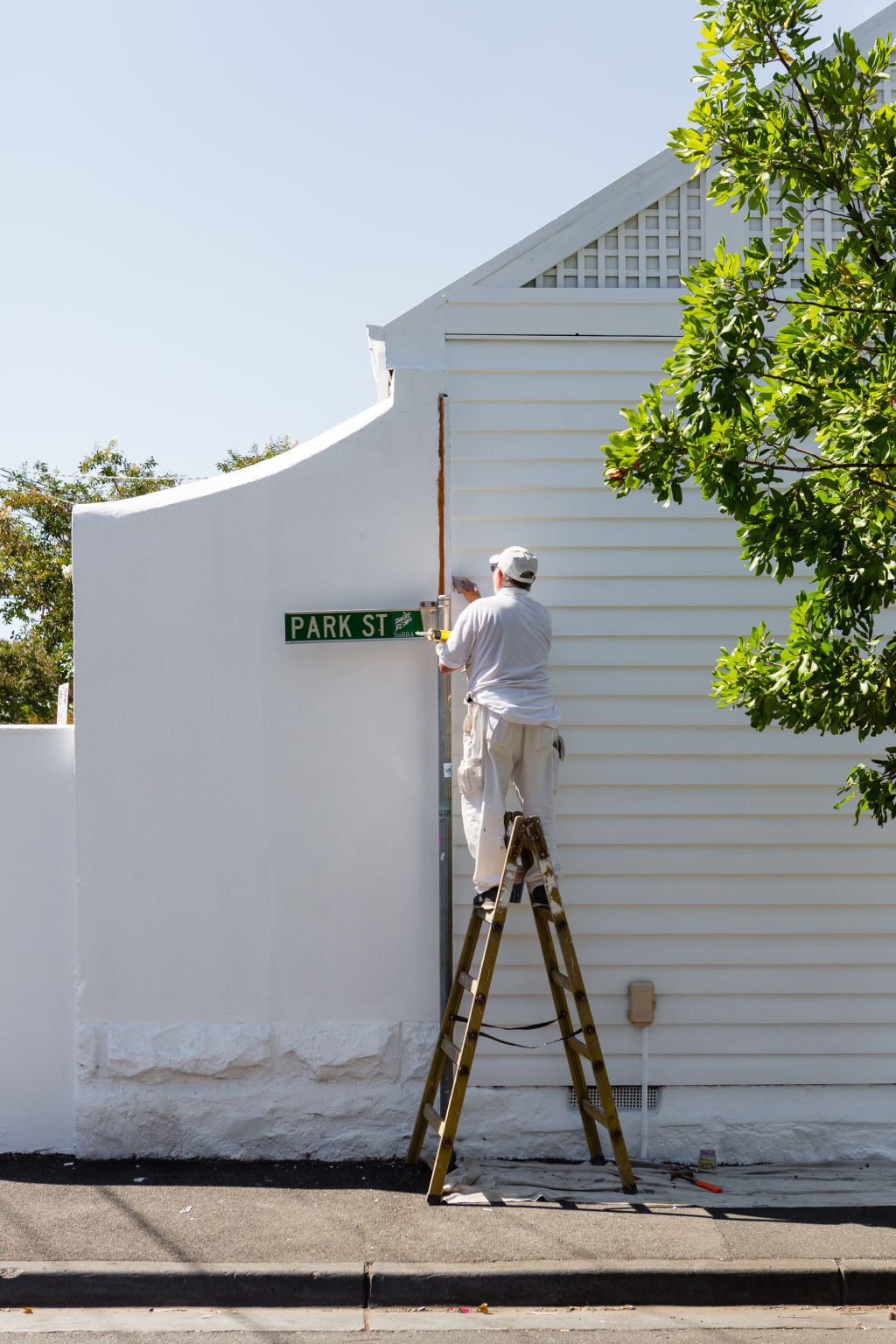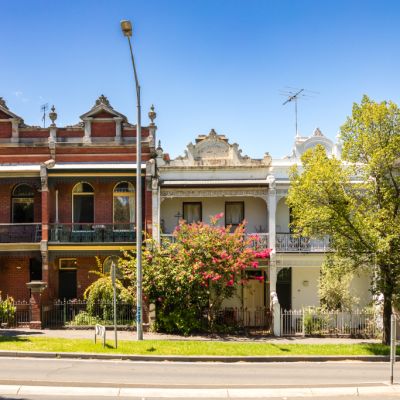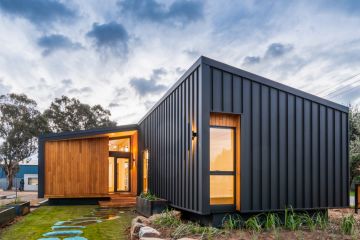'Where your money will go further': Which investor strategy is the best?
While many investors are content to buy a property and hold it to make a profit, others prefer to buy, improve and then flip it, or buy, knock it down and develop something else in its place to take to market.
Each strategy has its pluses and minuses, depending largely on the individual investor’s own circumstances, game plan and appetite for risk.
“The difficulty with just buying and holding is that you get to a place where you can’t borrow any more,” says Leanne Watson, founder of Your Finance Angels.
“If you’re self-employed and want to minimise your tax, you can take out an alternative document loan but if you’re employed, you run out of borrowing capacity sooner.
“In that case, it’s often better to look in regional locations where your money will go further than [for] blue-chip property in blue-chip areas.”


Watson says the difficulties with buying and renovating a home to sell include the high cost of construction, the shortage of skilled labour to do the work, and the number of building companies sliding into liquidation.
Then developing two or three properties on the site of the one you’ve bought might require commercial loans, with a whole new level of risk.
“That is a very proactive strategy and wouldn’t be for everyone,” says Ben Plohl, national investment buyers’ agent with BFP Property Buyers.
“It all depends on what you want to achieve with an investment.
“Even the old-fashioned buy-and-hold approach doesn’t always work these days. It’s best to sell the asset if it’s reached its peak in the market, ready to invest in something else, but it can be tricky to judge the timing, and involves a lot of research and good judgement calls.”

Theo Chambers, chief executive of Shore Financial, believes the worst mistake many people make is trading too frequently and selling within the first two to three years, when the transaction costs will dwarf any profit.
“Anything under four years doesn’t make any sense,” he says.
“I do like the idea of buying a renovator’s dream and fixing it up for resale but at the moment the costs can be high, the wait for DA approval can be long and a lot of people no longer have confidence in the process, with builders going broke.
If it was something that only needed a little TLC, a small cosmetic lift …”
Knocking down and rebuilding with the development option is also hard, but Chambers is a big admirer of companies like Modscape who design, and build, modular homes for far less cost and risk.
But Jarrod McCabe, director of Wakelin Property Advisory, prefers the ultimate de-risking approach.
“Buy and hold is the way to go,” he says, bluntly. “Too many other things are required with the alternate strategies.
“The key factor is to buy really well and sell well, at a time when the market is moving in your favour.”
We recommend
States
Capital Cities
Capital Cities - Rentals
Popular Areas
Allhomes
More










